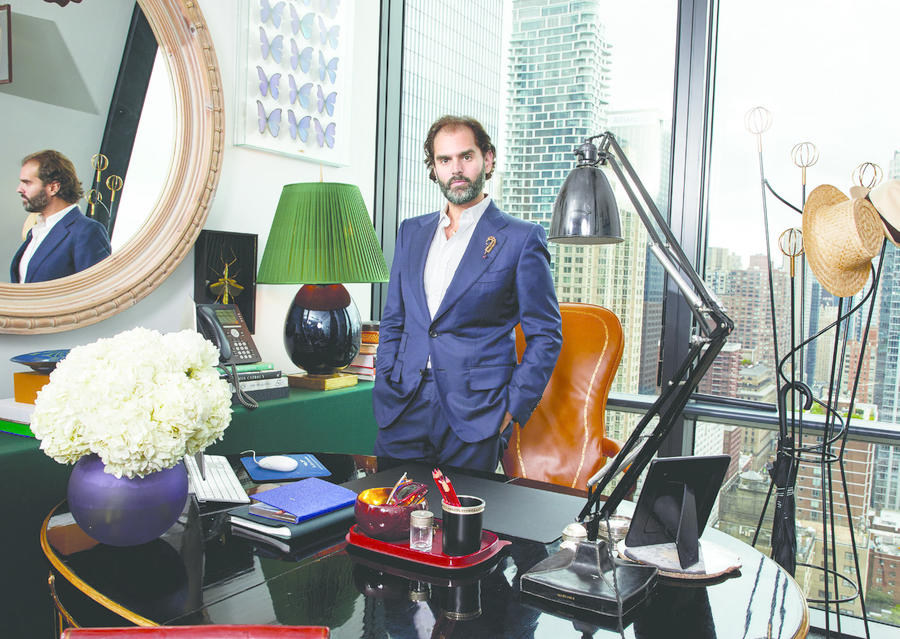Whitney Robinson was working in the design department of his college newspaper when someone asked him a question, and two roads appeared before him: “Do you want to be Anna Wintour or Grace Coddington?” He chose the former, and it has made all the difference. Robinson ditched graphic design for editorial, and soon was rising through the ranks at Hearst, working for Town & Country and House Beautiful. Two years ago, he landed the top spot at Elle Decor and this month captained the publication to its 30-year anniversary.
In the latest episode of the Business of Home podcast (sponsored by Chairish and Crypton), the young editor chats with host Dennis Scully about his career in publishing and the challenges and opportunities in the design industry today. Below, find a few key takeaways.

Design has an image problem.
“No one has an issue saying to their plumber, their therapist or their doctor why their work is of value,” says Robinson. “We have a problem in the design industry with that. People don’t understand why things cost the way they do, and there’s a suspicion problem.” Robinson proposes a few solutions: For one, a guild for designers, not unlike fashion’s CFDA. Another: an agency approach, like Estee Stanley’s The Eye, where designers have professional representation by agents who negotiate contracts and set expectations. The industry, Robinson argues, also needs to get better at using data to make its case—something he’s working on. “I’m partnering up with the Harvard Graduate School of Design and some local design firms to figure out [how] we can actually create studies to say, ‘This is why design makes you feel, act, live, look better.’ We do ourselves a disservice [not to], because every other industry says that, and points now to data.”
Transparency is coming.
The confusion around pricing for design services and product, Robinson says, may turn off the rising generation of clients. “[Young people] think, ‘I can get a VIP driver, its name is Uber; I can get a VIP chef, its name is Postmates; and I know exactly how much things cost at every level.’ … It’s out there and it’s transparent,” says Robinson. “[In the design industry,] no one knows how anyone should bill, no one knows how much things cost, everything’s sort of available on the internet but not really, there’s this opaqueness to the whole thing and it makes this younger generation who will eventually be the customer be like, ‘Well, that’s stupid’ or ‘That’s old-fashioned.’”
How can designers get into Elle Decor?
“A suitcase full of cash,” Robinson jokes. But seriously: “It’s 100 percent point of view, unique spaces that you can’t see anywhere else,” he says. Fair enough—any pointers beyond that? “We’re really going through a maximalist period right now in design and I think the biggest reason is Instagram,” says Robinson. “I think that Calvin Klein minimalist aesthetic doesn’t work in the age when everyone has a camera phone. That’s why I think we’re seeing maximalist design everywhere—and you’re seeing it reflected in our pages.”



























